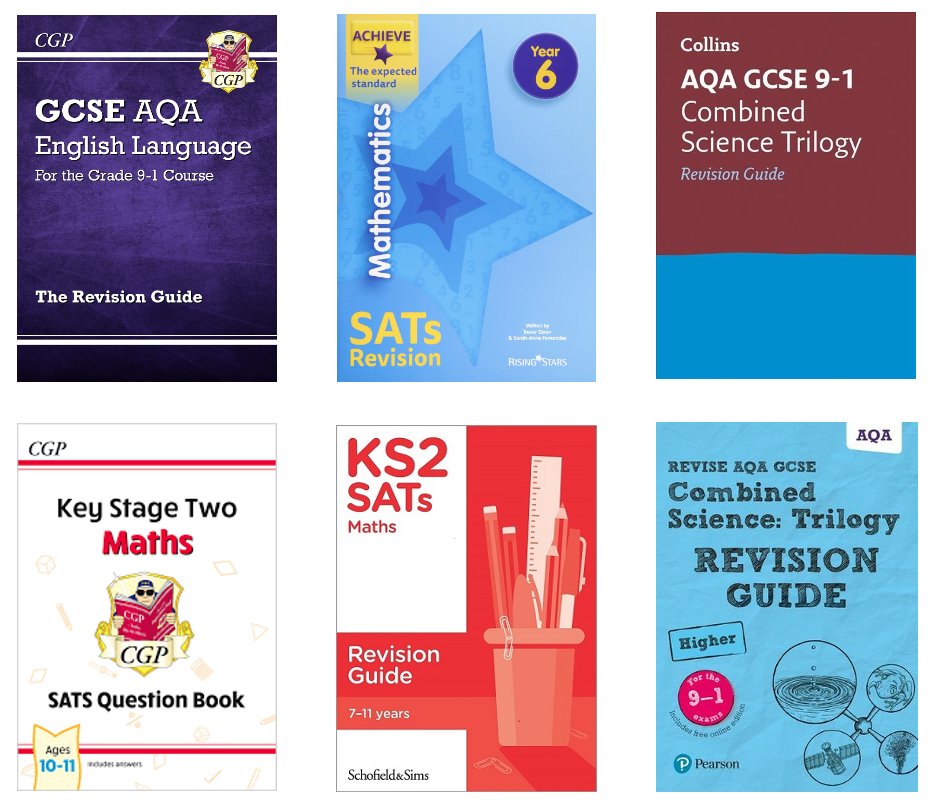It is the time of year when well-meaning parents pay for a legion of revision guides and they sit atop all the book charts.
The sobering truth is that the purchase is both optimistic and likely lacking in the specific supports and guidance required to use it well.
Students are invariably too overconfident in their knowledge, too wedded to less effective strategies such as simply reading and re-reading. There are accessible tips to try and ensure students think a little harder and use the guides a little more effective:
- Share successful strategies and bash inferior approaches (repeatedly). Students invariably stick to ineffective revision strategies when faced with using a revision guide. Ensure they know that quizzing themselves, self-testing, writing about what they’re reading, self-explaining to you, and returning to topics after a bit of time (‘spacing’) are likely better than skim-reading the text repeatedly.
- Prepare with pen and paper. There is too little effort in merely reading the revision guide and hoping it sticks. Students need to write, write, write. Writing about what they read – reorganising it meaningfully (e.g. Venn diagrams for weighing up arguments). This extra effort gets students generating ideas, summarising, and thinking harder.
- Eliminate overconfidence. Encourage them to go through the content page of the guide & rank their confidence/knowledge for each time (out of 10). Add a star to the topics they find trickiest. These approaches help encourage more purposeful chunking down of revision by topic.
- Explain themselves. Ask them to explain their highest-ranking topics (lots will be routinely over-confident!) and their lowest ranking topics. If they can explain their strengths and weaknesses, it is a helpful start before they use the revision guide proper.
- Tackle 20-minute sessions (the ‘Pareto Principle’). Help them chunk down and space out their practice into a manageable 20 minutes (or similar) spells. This typically fits 4 pages or so of the revision guide (depending on the difficulty level). Ask them to identify what is manageable for them.
- ‘Just a Minute’. After they have spent around 20 minutes working in their revision guide practice spell, ask them to close their revision guide, and either explain a topic – in ‘Just a Minute’ style, or speedily map out the topic/s on paper.
- Focused flashcards. If they’re very confident in the topic/s from the guide, they can create their own flashcards on the topic, or even devise their own questions (this can be tricky!). Leave a bit of time e.g., an hour or a day or two – then nudge them to test themselves on the flashcards.
- Evaluate how well they used the guide. After each revision guide spell, get them to explain to you what they are still struggling with, or what they are now more confident on (expect over-confident replies). Get them talking, writing about it, & seeking out more help.
- Create your own questions. If you know the material of the guide well, simply scanning the contents page should be enough to trigger the generation of appropriate exam style questions. Generate, draft some answers, then check the guide content again.
- Tell a friend. It can be tricky to stay motivated with using revision guides in isolation. If you have got to grips with a guide, find a reliable friend/study partner, and practise the earlier tips collaboratively.
I have written about revision for years (my ‘Top 10 Revision Strategies’ blog has over 170k views), but more recently I have read two brilliant books that I recommend:
- ‘Study Like a Champ’ by Professor John Dunlosky and Regan Gurung
- ‘Outsmart your Brain’, by Professor Daniel Willingham
